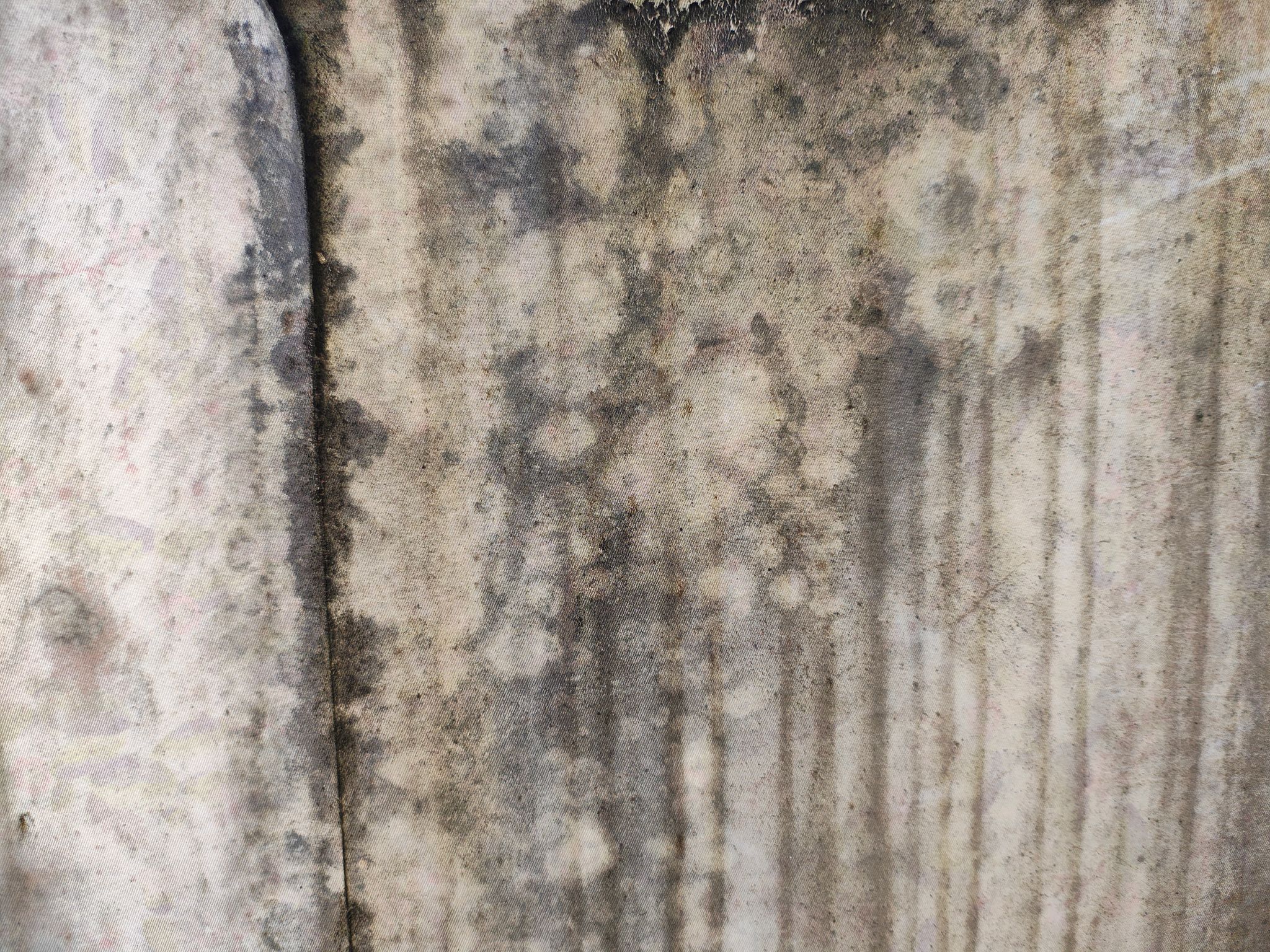Local Insights: How Keller’s Climate Affects Your Tile and Grout
Understanding Keller's Climate
Keller, Texas, is known for its hot summers and mild winters, creating a unique climate that can significantly impact your home's tile and grout. The warm weather, combined with occasional humidity, poses specific challenges that homeowners should be aware of to maintain the longevity and appearance of their tile flooring.
The city experiences a humid subtropical climate, characterized by long, hot summers. These conditions can cause issues such as grout discoloration and tile cracking if not properly managed. Understanding how weather patterns affect your flooring is the first step in taking preventative measures.

Effects of Temperature Fluctuations
The temperature changes throughout the year can cause tile and grout to expand and contract. During the hot summer months, tiles may expand, leading to potential cracking or loosening if the grout is not flexible enough to accommodate these changes. Conversely, cooler temperatures can cause contraction, which might result in gaps or weak spots in the grout.
To combat these issues, it is essential to use high-quality grout that has some flexibility and to ensure tiles are installed with enough space for natural expansion and contraction. Regular inspections can help identify and address any issues before they become significant problems.
Humidity and Its Impact
Keller's climate also involves periods of high humidity, especially during summer. The presence of moisture in the air can lead to several issues for tile flooring. High humidity levels can promote mold and mildew growth in grout lines, which not only looks unsightly but can also pose health risks.

Maintaining proper ventilation in areas with tile flooring, such as bathrooms and kitchens, is crucial. Installing exhaust fans or using dehumidifiers can help manage moisture levels and prevent the growth of mold and mildew.
Best Practices for Maintenance
Proper maintenance can go a long way in protecting your tile and grout from the effects of Keller's climate. Here are some best practices:
- Seal your grout: Applying a sealant can provide a protective barrier against moisture and stains.
- Regular cleaning: Use mild cleaning solutions to keep tiles and grout free from dirt and grime.
- Inspect regularly: Check for any signs of damage or wear and address them promptly.
By following these practices, you can ensure that your tile flooring remains in top condition despite the challenges posed by local weather patterns.

Choosing the Right Materials
When installing new tiles or replacing old ones, consider materials that are well-suited to handle Keller's climate. Porcelain tiles, for example, are known for their durability and low porosity, making them a good choice for areas prone to humidity. Similarly, choosing a high-quality grout designed to withstand temperature fluctuations can prevent common issues related to climate changes.
Consulting with a professional who understands local conditions can also provide valuable insights and recommendations tailored to your specific needs.
Conclusion
Keller's climate presents unique challenges for maintaining tile and grout in your home. By understanding these challenges and implementing appropriate maintenance practices, you can protect your investment and ensure that your flooring remains beautiful and functional for years to come. Keep in mind the importance of choosing suitable materials, regular inspections, and proper ventilation to mitigate the effects of temperature fluctuations and humidity.
